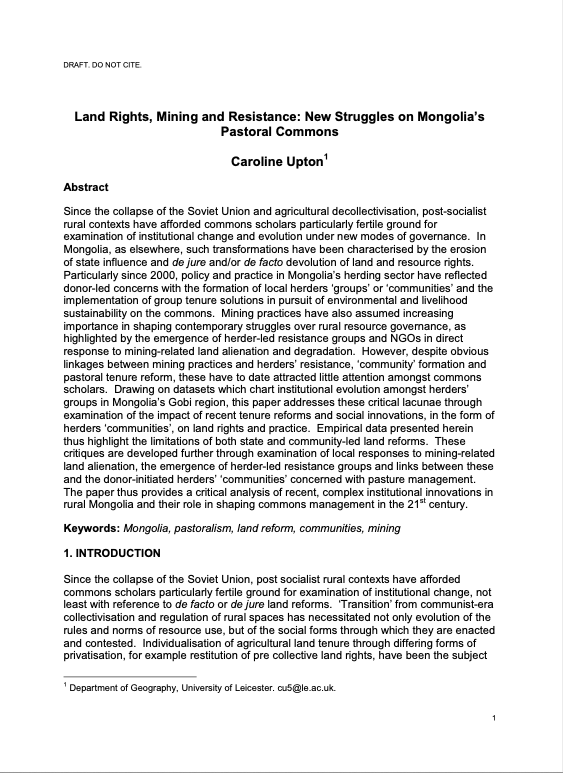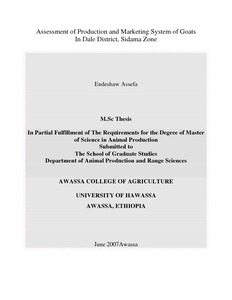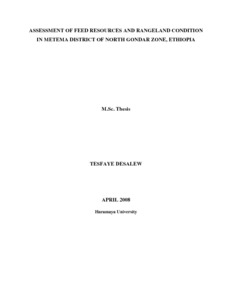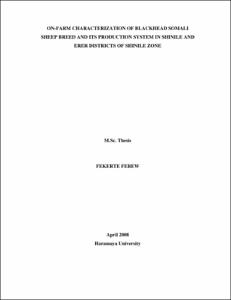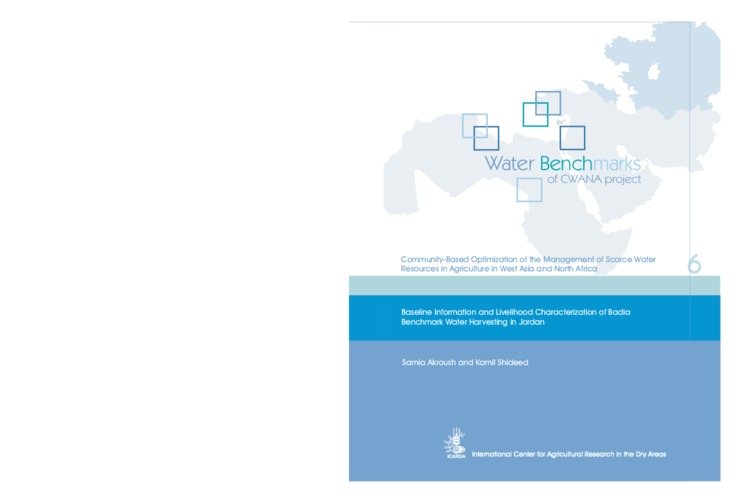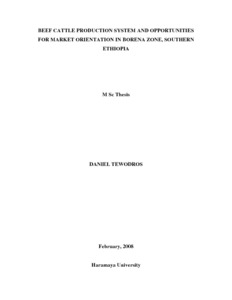The Transformation of the Afar Commons in Ethiopia: State Coercion, Diversification, and Property Rights Change among Pastoralists
The major economic activity for pastoralists is animal husbandry. The harshenvironment in which herders raise their livestock requires constant mobility toregulate resource utilization via a common property regime. In contrast to themobile way of life characterizing pastoralism, agriculture as a sedentary activity isonly marginally present in the lowlands of the Afar regional state in Ethiopia.Nevertheless, this study reveals a situation where the traditional land–usearrangements in Afar are being transformed due to the introduction of farming.


